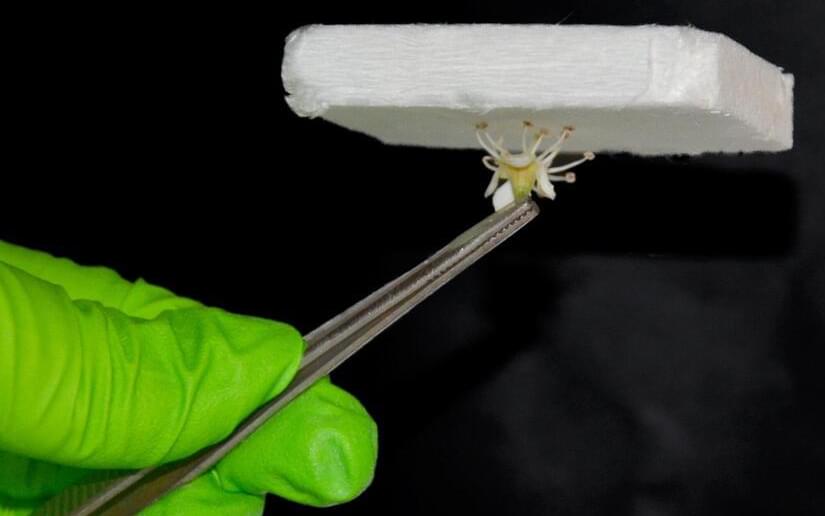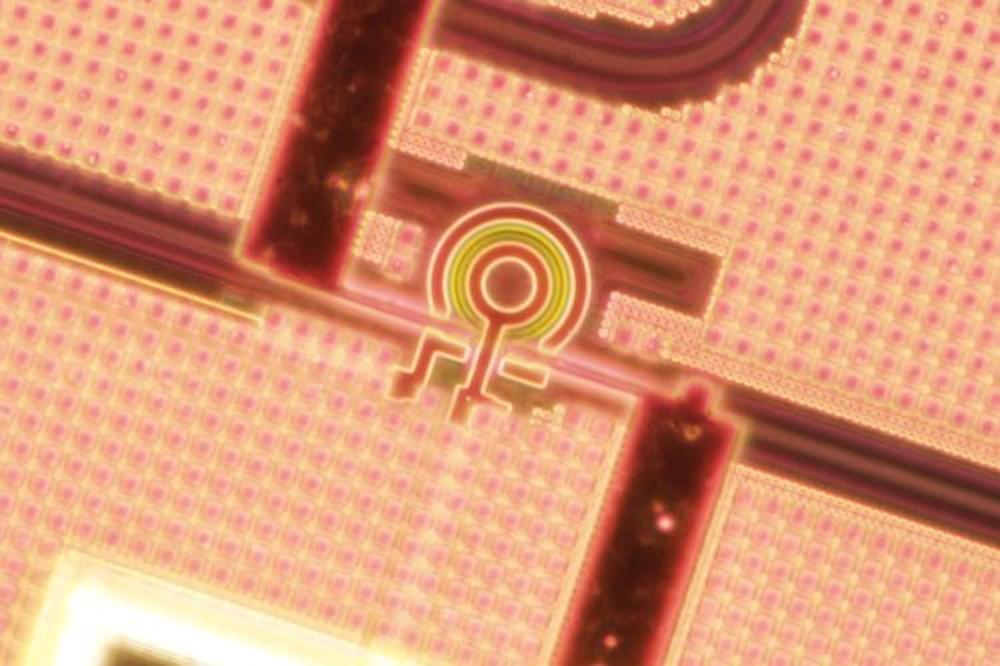
Methylation clocks are taking the longevity community by storm, but why are they so useful?
Do you know how old you really are? I am not doubting your ability to remember your birthday or questioning the honesty of your parents. Do you, on a fundamental level, know how ‘old’ your body truly is? Now surely that is just the same as the number of years you have been around, which would be your chronological age? Well in reality the answer to how ‘old’ your body is comes down to much more than simply how long you have been around for.
Allow me to explain by falling back to the commonly used automobile analogy. Let’s imagine I bought two identical Ford Escorts in 1982, and then proceeded to place one of them inside a time capsule, where it would be kept at a constant temperature in a non-reactive atmosphere. I then proceeded to drive the second car for the next 40 years. Over that 40 years, this car is going to experience wear and tear, and will most likely break down several times which will require mechanical intervention (analogous to medical intervention). Now, after this 40-year period I am going to take the first car out of storage and compare the two cars side by side. Which car is in the better condition? Well, the car that was preserved, obviously. Which car is likely to last the longest from that point onward? Well, the car which has been preserved, obviously.

















